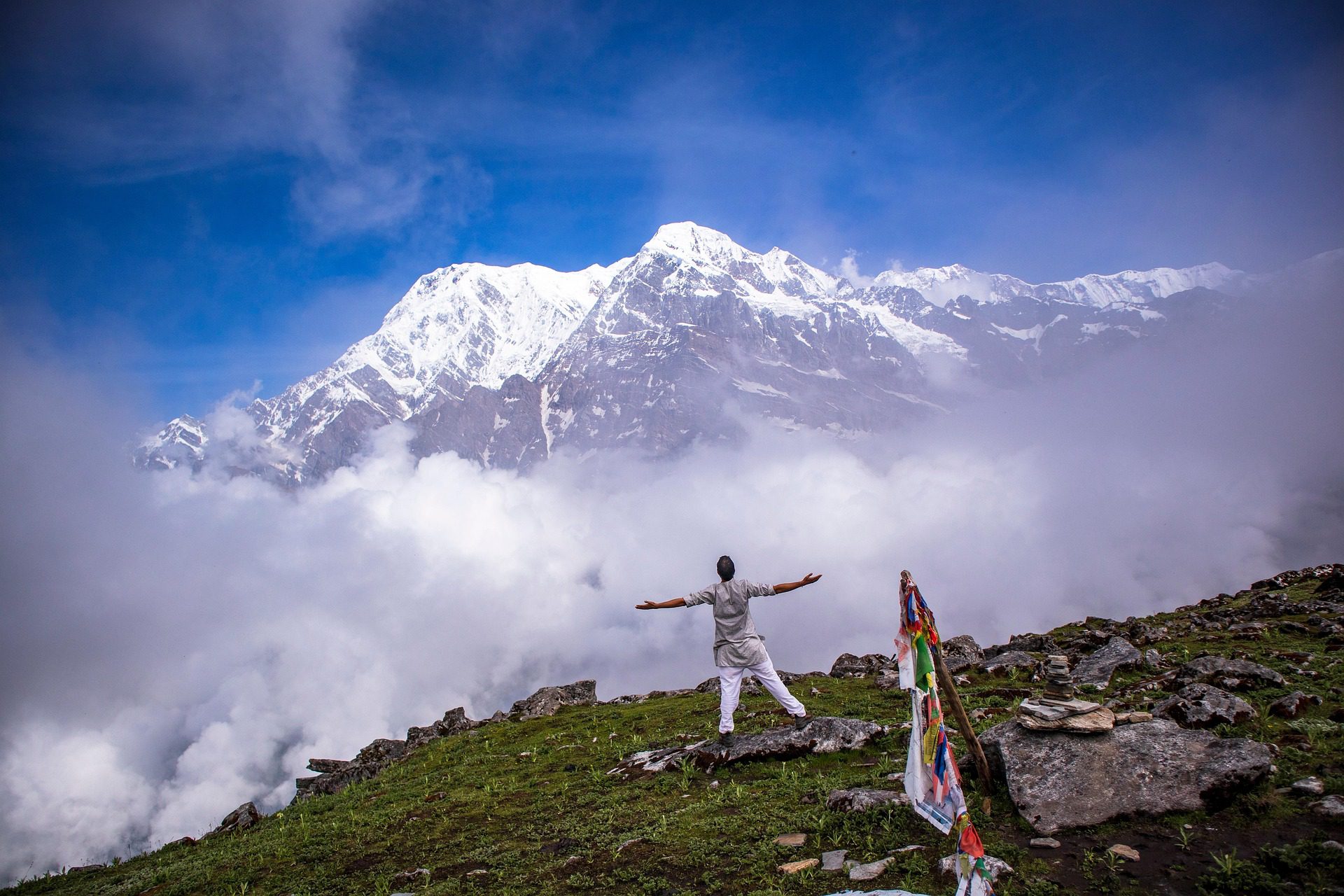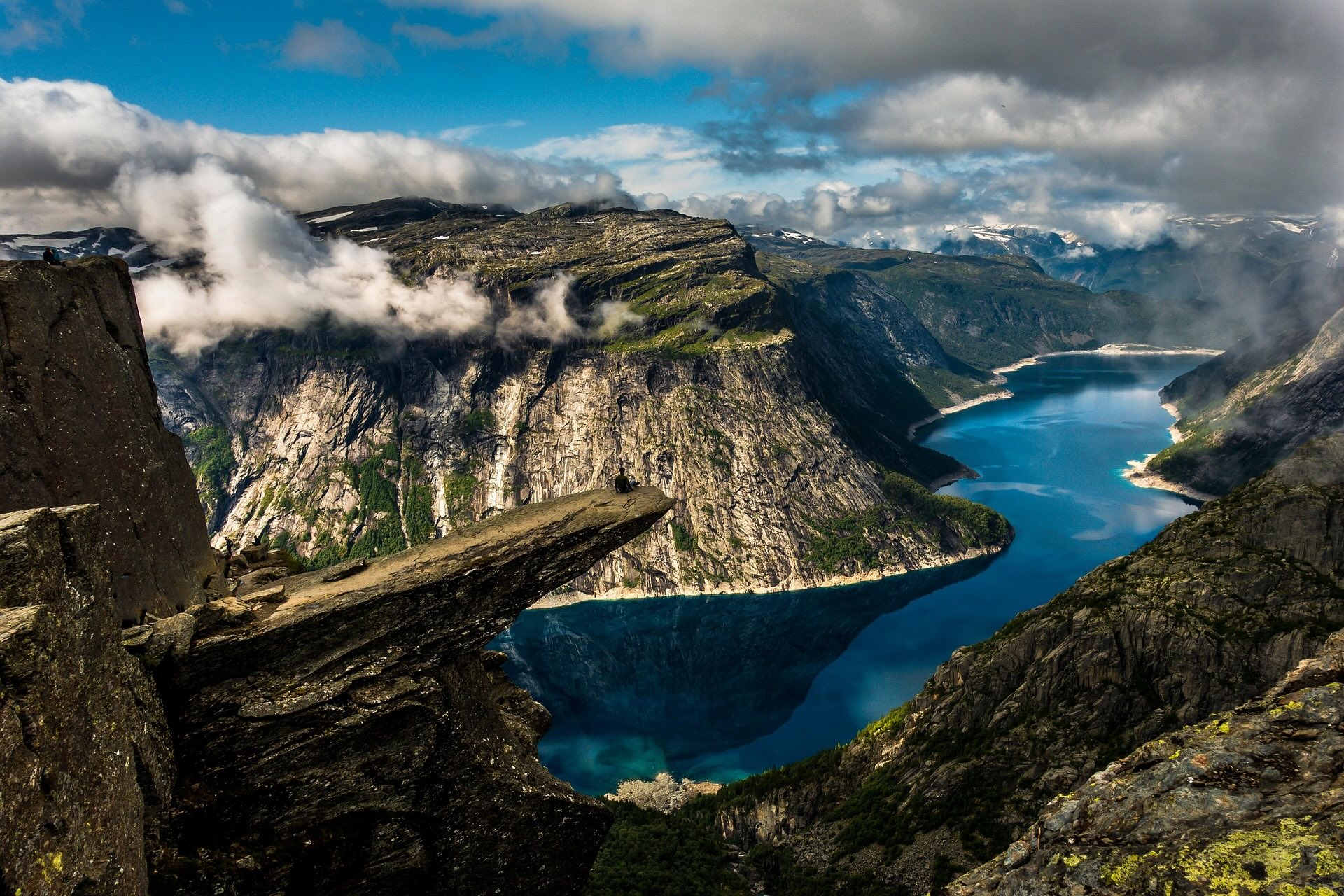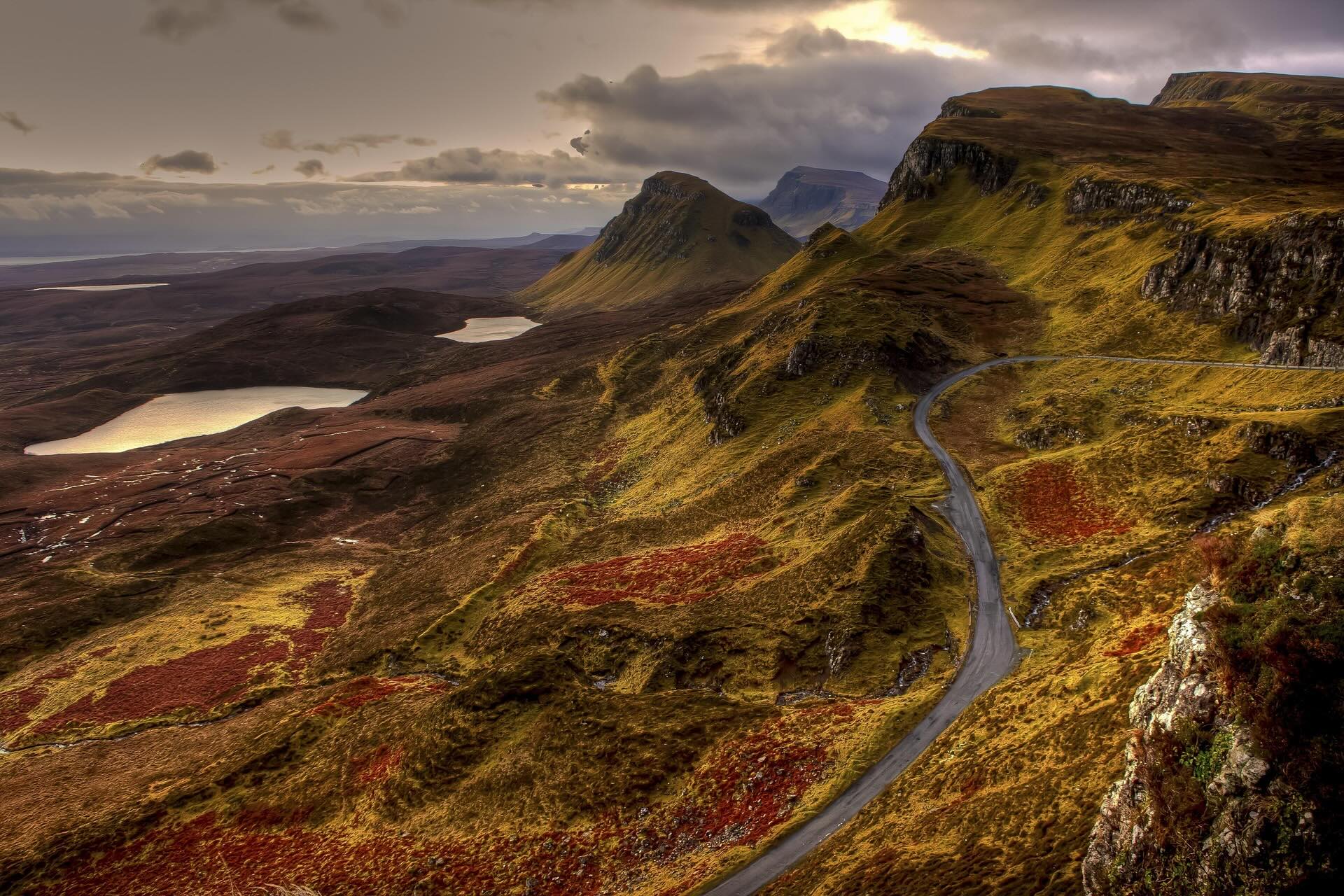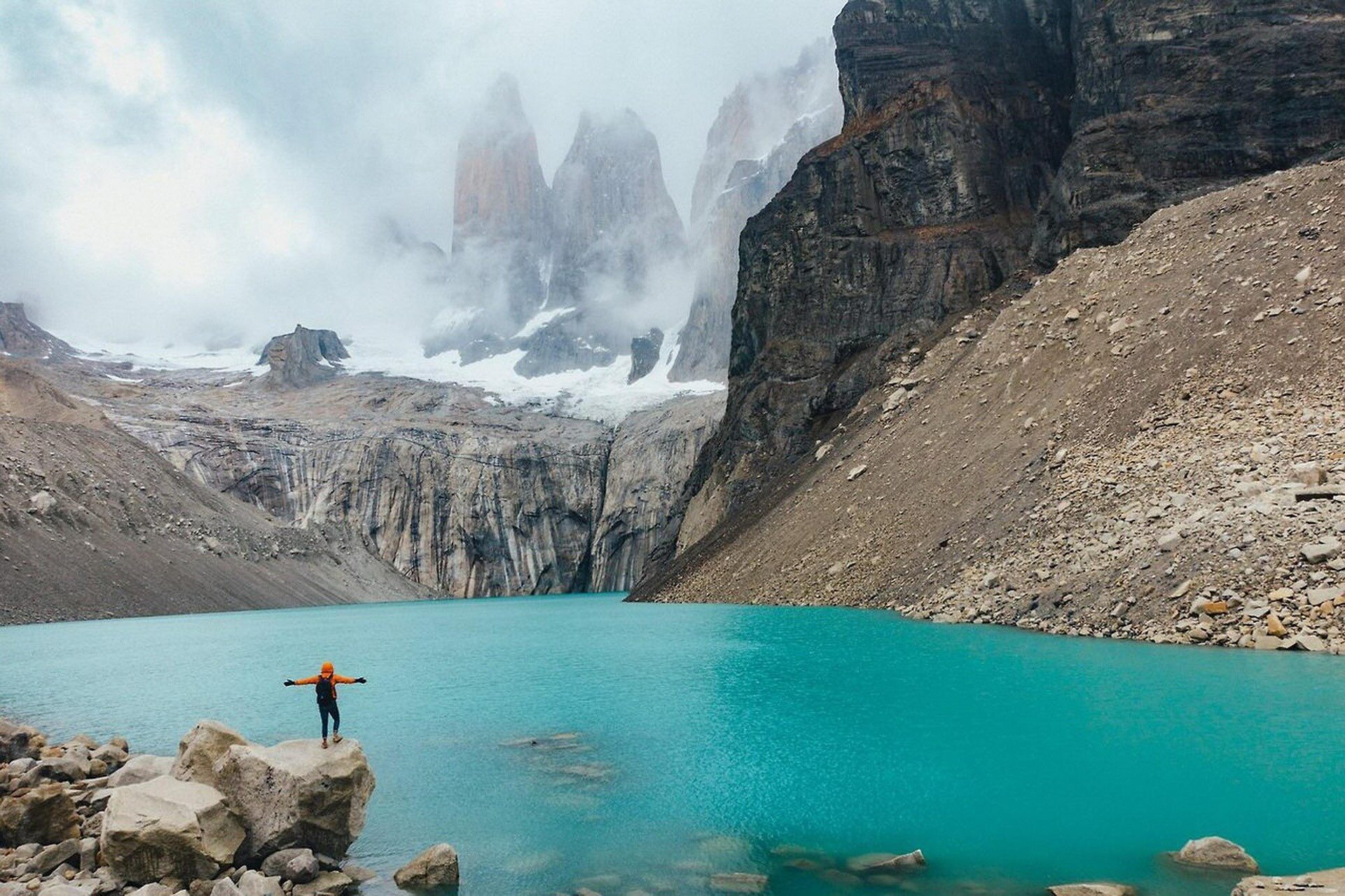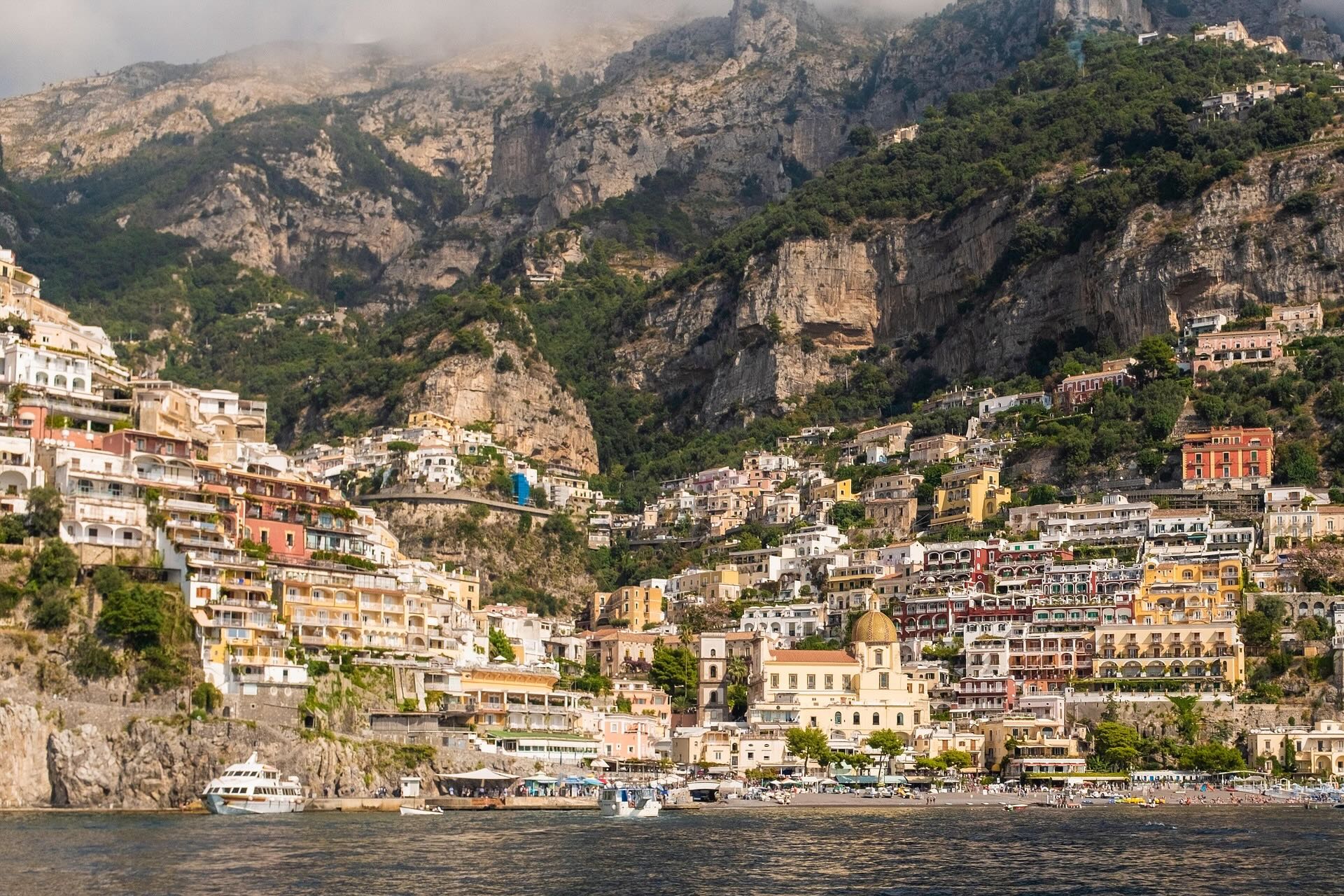Top Tips for Exploring Death Valley as a Solo Traveler
Solo travel is highly rewarding. Embarking on an adventure all by yourself is a wonderful way to achieve personal growth, learn about different places, meet new people, and enjoy new life experiences. Death Valley is a bold choice if you’re an intrepid explorer looking for your next place to discover. If you would like to explore the many wonders of Death Valley as a solo traveler, here are our top tips.
With extreme temperatures and a unique, geologically fascinating terrain that reaches as far as the eye can see, this breathtaking wilderness is seldom forgotten by those who venture here. Nestled away in southeastern California, on the border with Nevada, the undulating landscape twists and turns with a network of extensive hiking and driving routes, and the environments vary from arid, barren salt flats to lush oases hidden between ancient mountains.
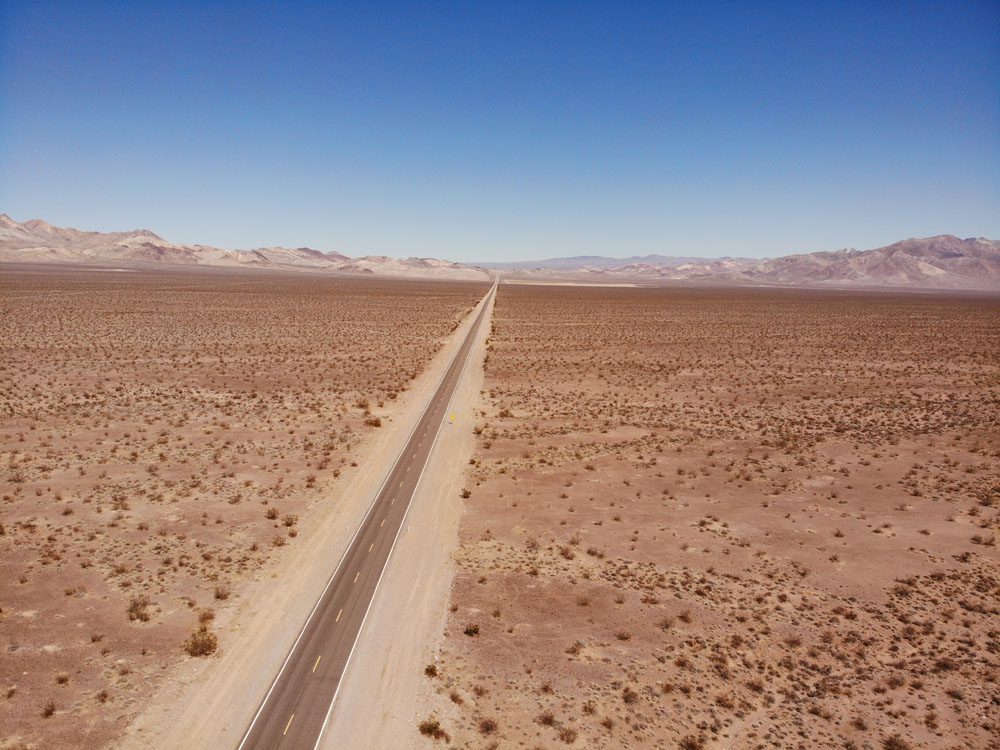
Death Valley Travel Guide
Featuring Death Valley’s top sites, get to know the national park with this Death Valley travel guide video.
Be Prepared for Extreme Temperatures
Part of the reason why Death Valley is so aptly named is because its summer daytime temperatures have been known to reach sweltering heights. If you can cope in hot, dry conditions, you may be able to explore the shaded areas of the valley in the early morning and late afternoon – but if it’s hiking in Death Valley you’re after, plan to visit during the fall or spring.
Even in the cooler seasons, the land’s geological layout causes interesting and dangerous conditions throughout the valley. Between the highs of 11,049 feet and lows of -282 feet, there’s no escape from the hot air generated by the sand and stone of the valley. It can only rise so far before being pushed back down and heated again – a repetition that essentially turns Death Valley into a convection oven.
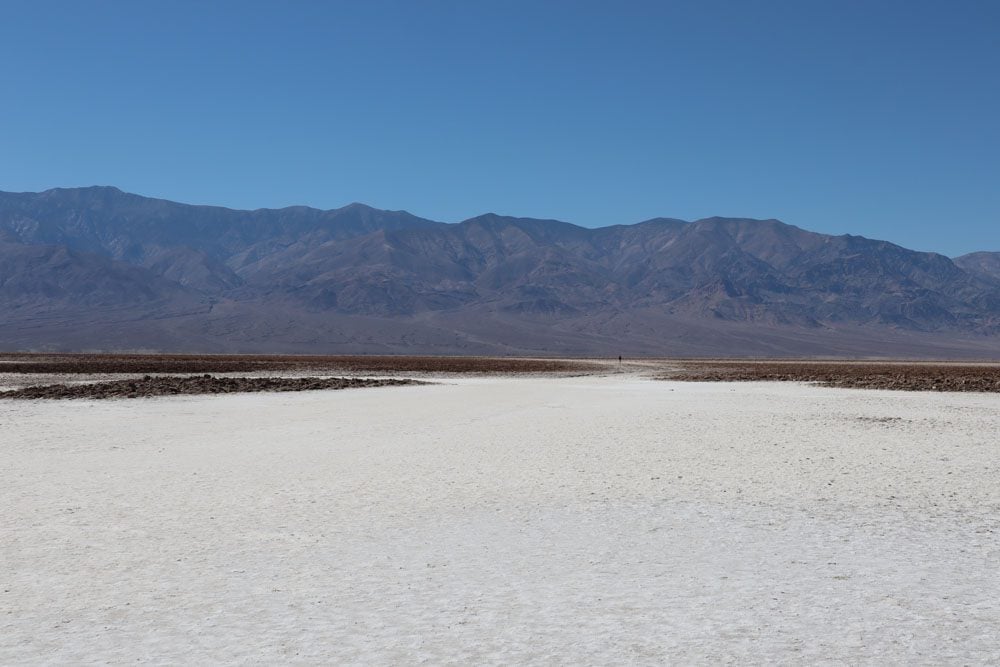
You’d be forgiven for assuming nothing can survive in this harsh landscape, but you’d be wrong. Death Valley is home to a number of incredibly well-adapted creatures, but some can be dangerous. Scorpions, venomous spiders, and rattlesnakes can often be found sheltering under rocks and in holes throughout the valley, so never put your hands or feet into spaces you cannot see into.
Pack to Survive
Cell reception is non-existent across most of the park, and with 93% of Death Valley’s 3.4 million acres being designated as wilderness, it’s very easy to get lost. The National Park Service recommends packing to survive when visiting, though if you need to dial 911, the park does have its own EMT first responders.
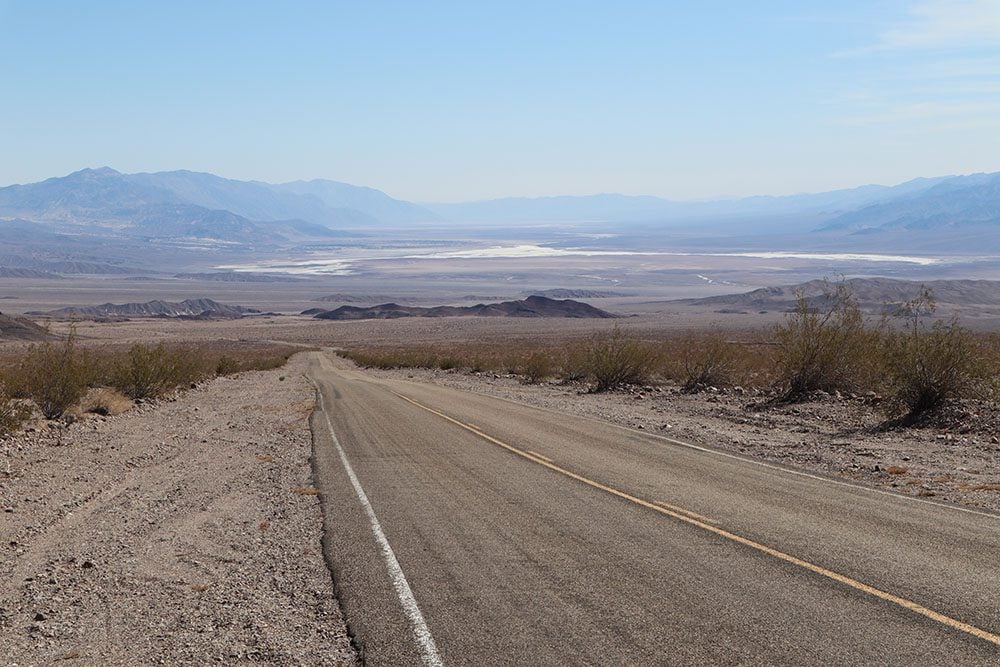
Packing to survive means having essential supplies in your backpack or vehicle in case you break down or get lost. You can be prepared for all eventualities by taking the following items with you:
- Plenty of water and non-perishable snacks.
- A topographical or relief map and your compass or GPS unit.
- Sun protection, including sunscreen, sun hats and glasses, and long-sleeve clothing.
- Additional clothing for weather changes. The conditions in Death Valley can be unpredictable and changeable, and temperatures can drop significantly at night and at higher elevations – pack a rain jacket and a warm hat at least.
- Headlamps. A light source will be indispensable if you get lost or stuck and night falls.
- A first aid kit.
If you plan on exploring Death Valley solo, remember not to take unnecessary risks and always err on the side of caution. It’s easy to succumb to the heat when out on the remote trails, and it’s difficult for anybody to find you quickly.
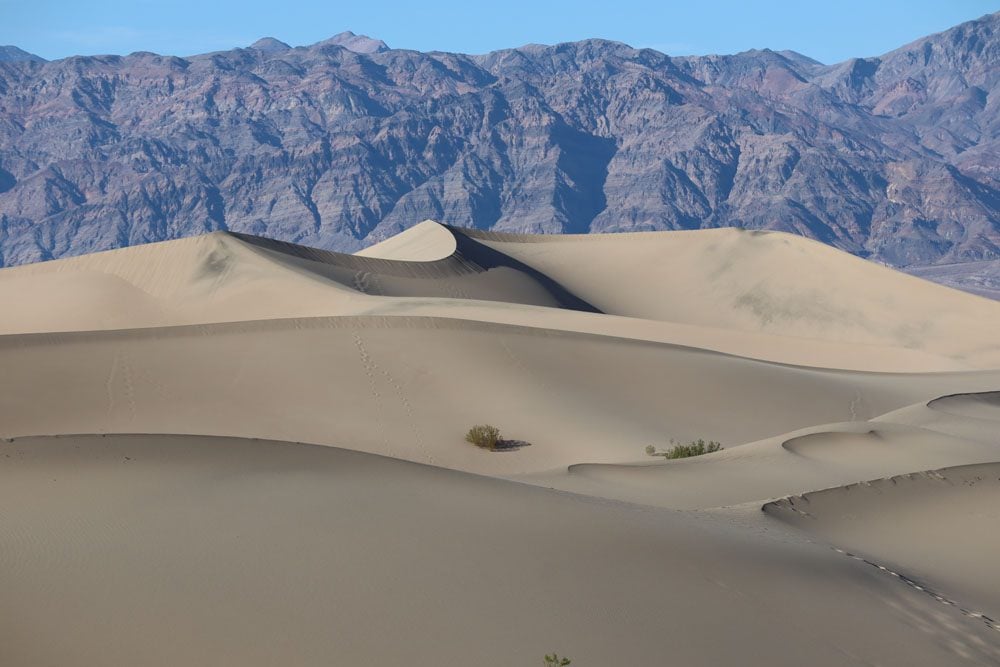
Join a Group Tour
Just because you arrive at this iconic national park alone does not necessarily mean you always have to explore that way. Meeting up with tour guides or joining a hiking group can be a brilliant way to enjoy a safer journey through the valley while meeting new people and making new connections.
You could enjoy a Star Wars tour, visiting the areas where scenes for Episode IV – A New Hope and Episode VI – Return of the Jedi were filmed, or join a group venturing out to enjoy the impeccable night sky. Stargazing is one of the most spectacular ways to immerse yourself in Death Valley, with unpolluted, open views of the sky from popular viewpoints such as the Mesquite Sand Dunes and Zabriskie Point. As one of the best spots in the country to marvel at the Milky Way, there is even an annual stargazing festival hosted within the park.
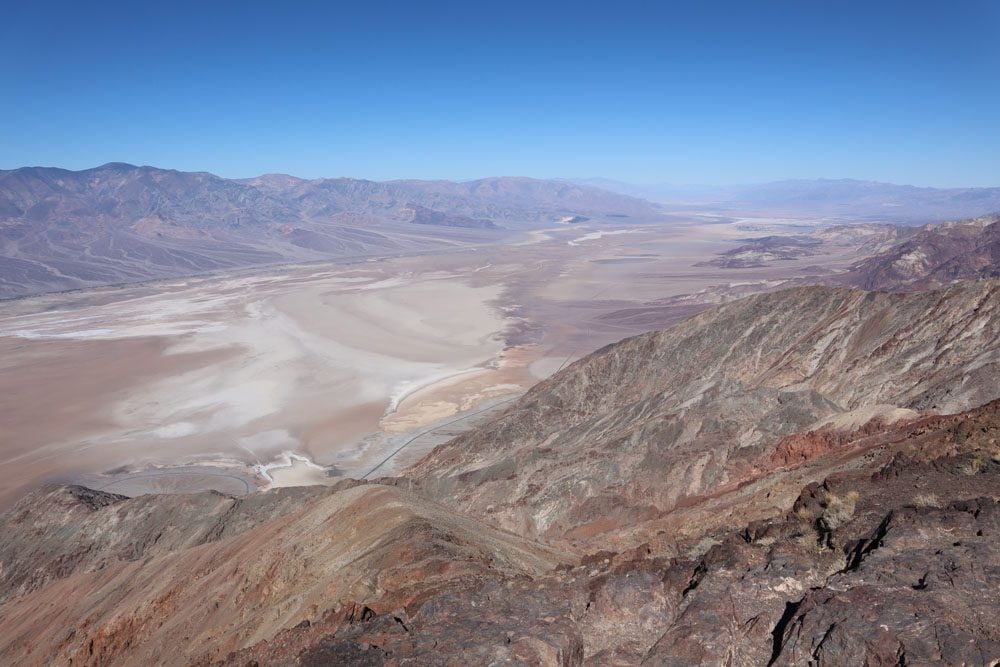
Plan Your Itinerary in Advance
One of the many wonderful things about solo travel is the potential for plenty of spontaneity. However, when visiting somewhere as renowned for its dangerous conditions as Death Valley, it’s always best to have a rough idea of what you want to do each day rather than wandering out and seeing what takes your fancy. For example, if hiking will feature on your Death Valley itinerary, plan your routes beforehand and download offline maps to ensure you can stay on the right track if your signal drops out.
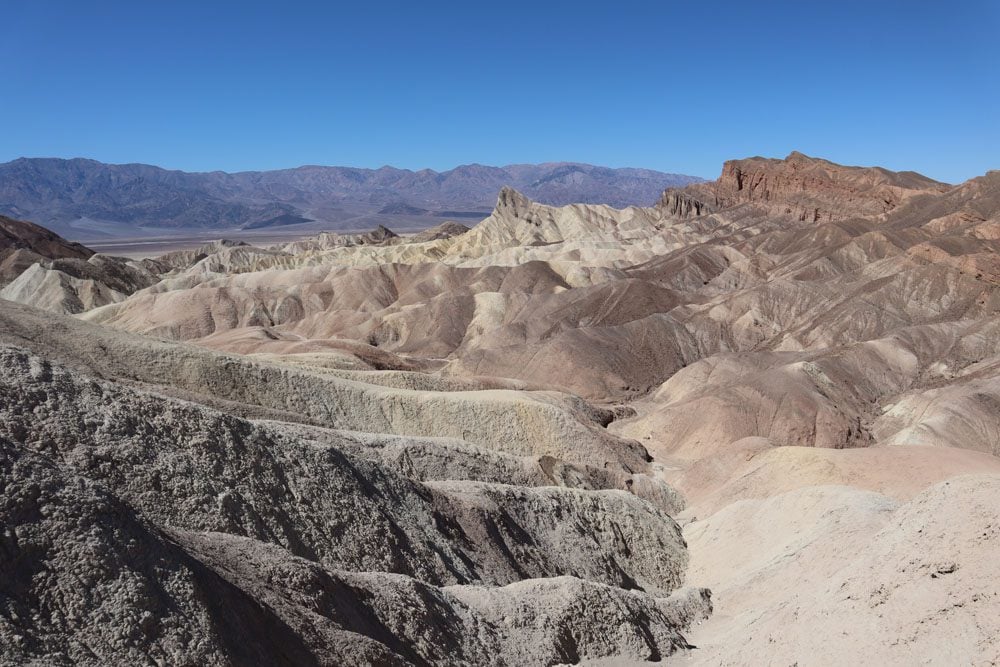
Planning ahead isn’t just a matter of safety. As the largest national park in the U.S. outside of Alaska, naturally, there’s plenty to see and do. To make the most of your trip and ensure you tick off all the hotspots on your to-do list, draw up an itinerary ahead of time, prioritizing the most important sites to you. Some of the most popular points of interest include Dante’s View, which sits more than 5,000 ft above sea level, and Artist’s Palette – a beautiful exhibit of the park’s famous geology. Before booking any activities, prioritize organizing your accommodation. Especially during the peak tourist season in spring, campsites and hotels get booked up really quickly, so make sure you secure your spot well in advance.
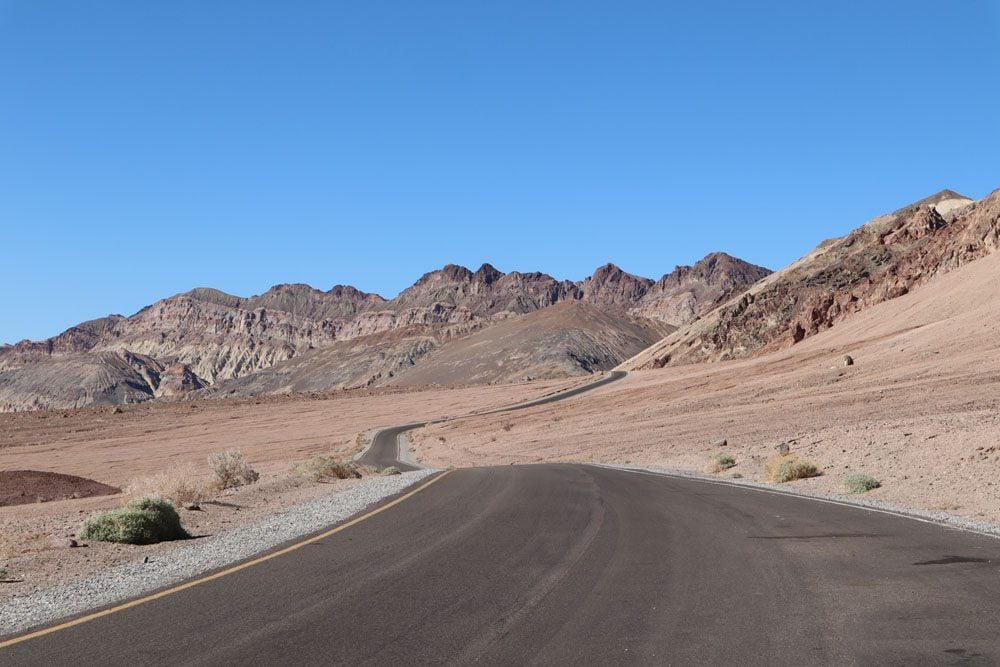
Safety First
As a solo traveler, safety should always be your top priority. By no means should you be deterred from visiting Death Valley – indeed, it’s one of the most spectacular examples of America’s rugged wilderness. So long as you follow local safety advice and prepare yourself for the harsh conditions all year round, you can enjoy a solo trip of a lifetime to this Californian jewel.
What’s Next?
Whether you’re heading to Death Valley on a solo trip or in another format, plan your adventure using this series of Death Valley travel guides, and extend your visit to the loveliest region in America with these Southwest USA travel guides.
